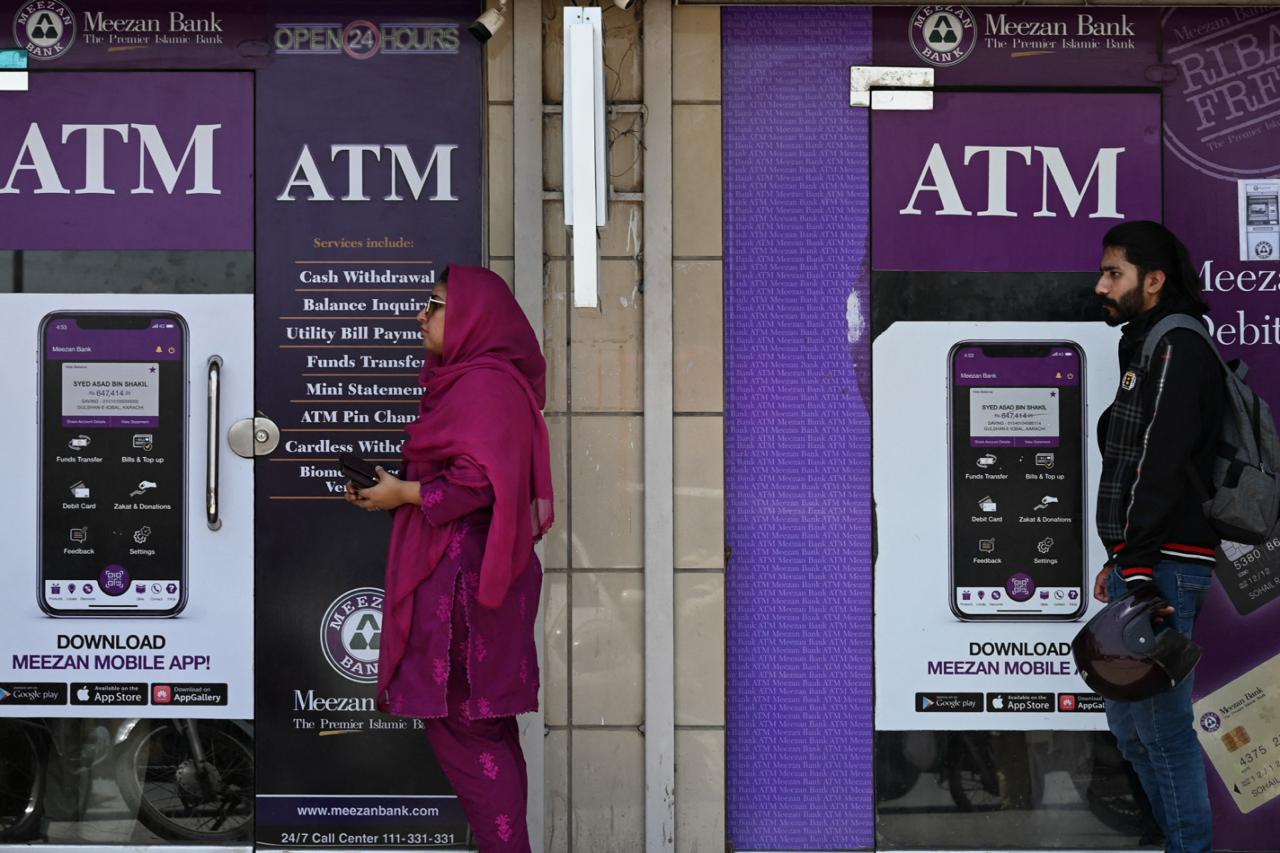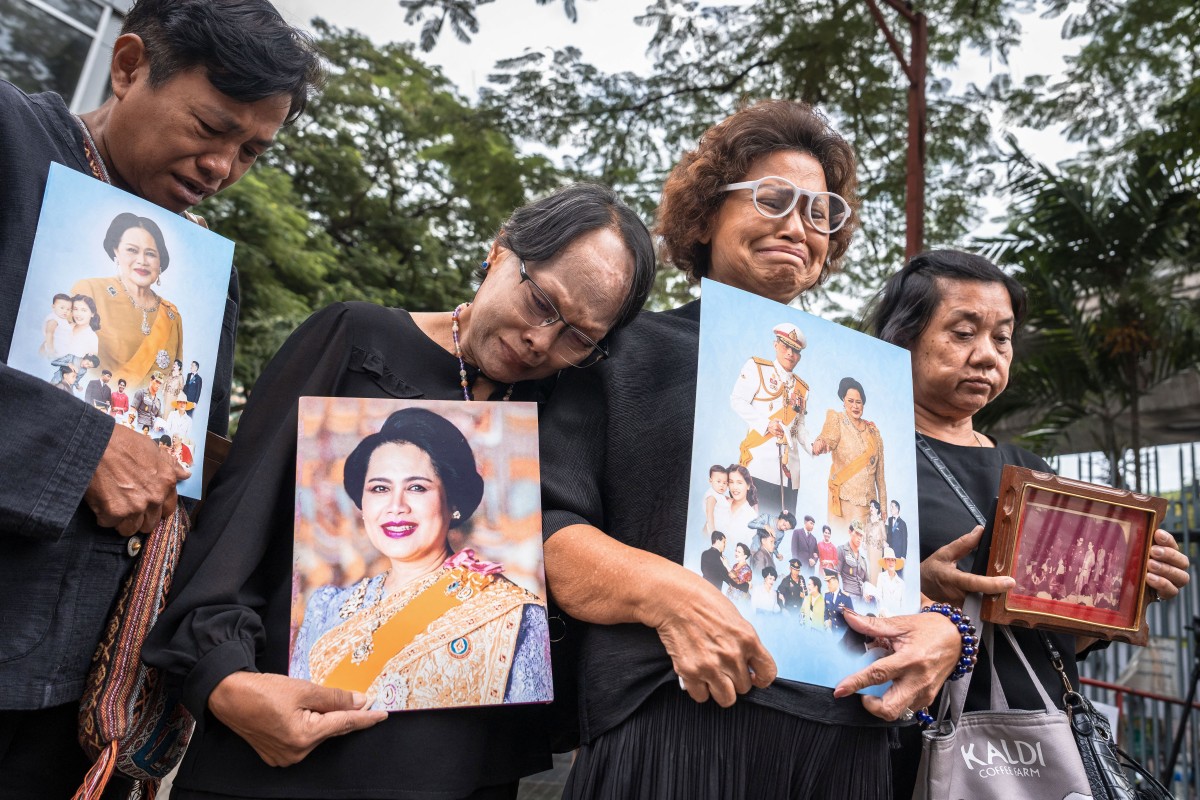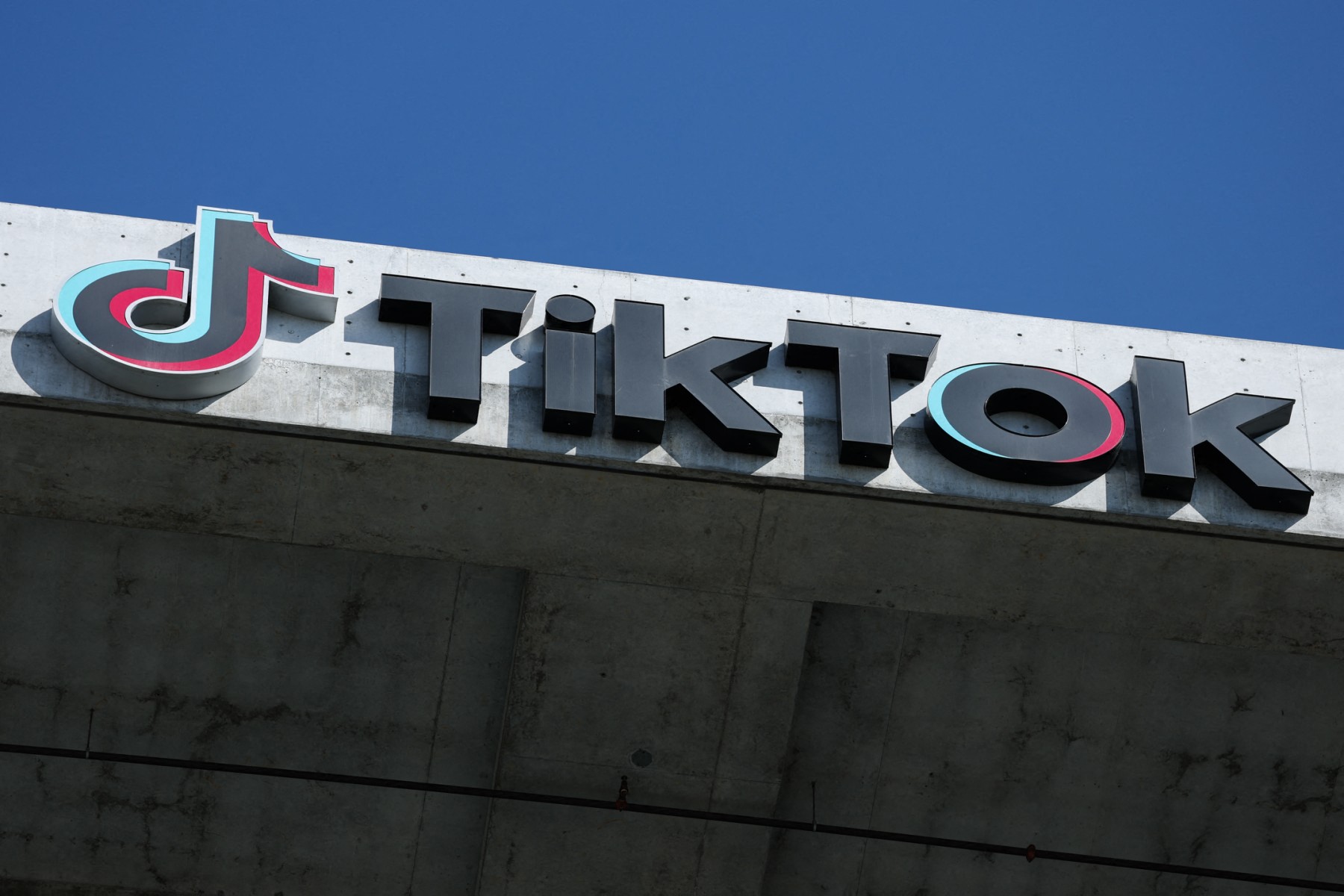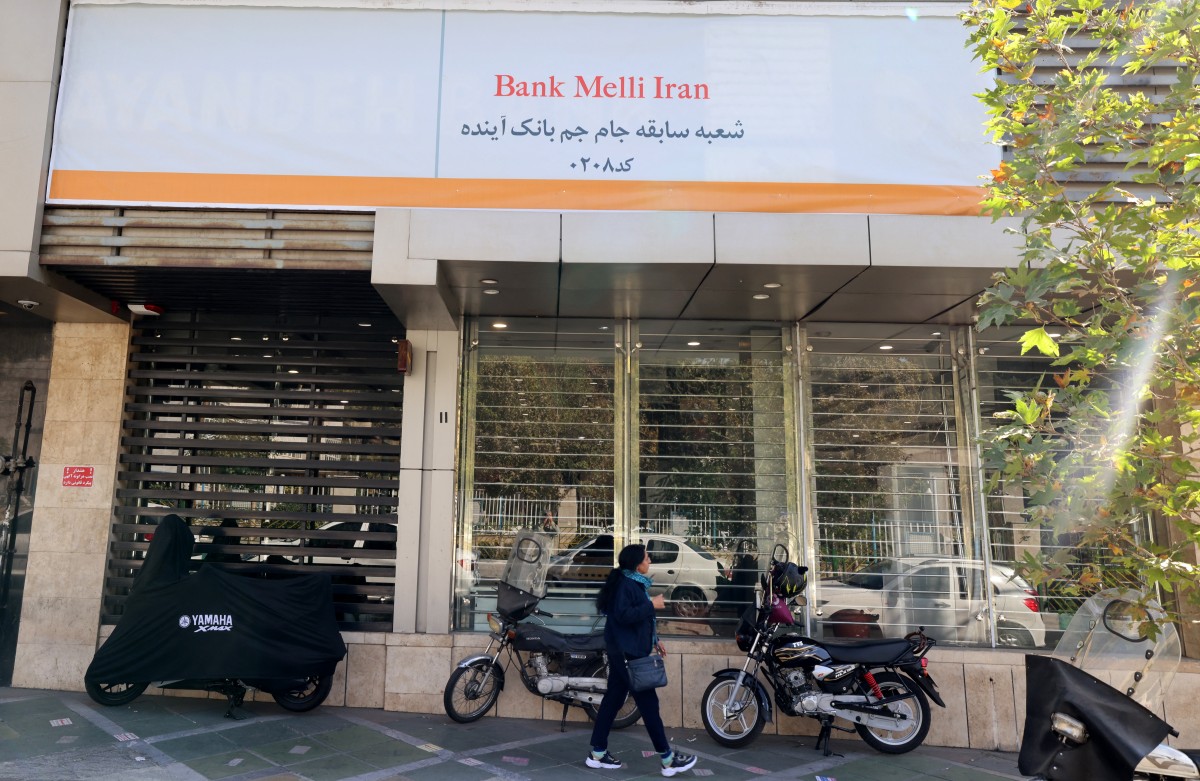Pakistan central bank highlights expansion of banking access for women

People queue along a street to use an ATM bank machine in Rawalpindi on June 9, 2023. (AFP/File)
KARACHI: Pakistan’s financial system has become more accessible to women than ever before, with the number of active bank accounts held by women reaching 37 million by June 2025, the State Bank of Pakistan (SBP) said on Tuesday.
The central bank attributed the increase to policy reforms aimed at closing gender gaps in financial access. According to the SBP, women’s active bank accounts grew from 20 million in 2021 to 37 million in 2025, narrowing the gender gap in financial inclusion from 39% to 30%. Over the same period, more than 14,600 women joined the banking sector workforce.
SBP Governor Jameel Ahmad, speaking at the World Bank’s annual meetings in Washington, credited the progress to the Banking on Equality policy launched in 2021, Pakistan’s first gender-mainstreaming framework for the financial sector.
“The initiative has helped triple female microfinance borrowers and double women’s access to SME and agricultural financing,” he said.
Mobility and independence
For many young women, financial inclusion translates directly to autonomy. Karachi-based filmmaker Zainab Farid, 24, recently became the first woman in her family to obtain a car loan.
“My motivation behind getting a car was mobility and independence,” she told Pakistan TV Digital. “In cities where public transport is limited, having your own car changes everything.”
She described the loan process as “surprisingly simple,” saying banks now provide clearer guidance for women borrowers.
“When I opened my first account in 2019, I wasn’t earning yet, but I could open a women-specific account with minimal requirements. Banks have made it easier for women to begin.”
Zainab said her experience encouraged her family to explore financing options as well. “Once one woman takes the step, others around her start believing it’s possible too.”
Digital platforms expand access
Mobile wallets and fintech platforms are also reshaping access, particularly for women outside major cities. Apps like Easypaisa, JazzCash, and Oraan allow users to save, transfer money, and access services without visiting a bank branch.
According to fintech practitioners, simplified onboarding and digital literacy tools are enabling more women to join the formal economy “from their homes and even from remote regions.”
Microfinance: credit plus confidence
The Pakistan Microfinance Investment Company (PMIC) continues to push financial access deeper into rural and low-income communities.
PMIC representative Rimsha Taj told Pakistan TV Digital that partner institutions are required to prioritize women borrowers. “In practice, 88% of our portfolio is currently deployed among women,” she said.
She emphasized that credit is paired with training.
“We bundle financial products with learning opportunities so that financing is used productively, helping women generate income, stability, and confidence.”
PMIC is also piloting alternative credit-scoring models to support women without collateral or formal histories.
From microcredit to micro-enterprise
At Lahore’s Delhi Gate, 46-year-old salon owner Saira Bibi said an interest-free loan from the Akhuwat Foundation helped launch her business.
“It gave me a start, but more than that, it made me believe I could manage my own business,” she said.
Saira now supports a family of six, but says the next challenge is growth:
“You need someone to guide you on how to expand, not just the money.”
The road ahead
Experts observe that Pakistan has largely addressed the initial challenge of access to financial services, and the next phase centers on strengthening women’s ability to independently use and manage those services.
Recent assessments indicate that women entrepreneurs increasingly require support in areas such as financial literacy, business management, marketing skills, and opportunities for networking and mentorship.
The State Bank’s upcoming phase of the Banking on Equality policy will place greater emphasis on women-led micro, small, and medium enterprises, while expanding digital facilitation tools and improving gender-disaggregated financial data. Additionally, the SBP, together with 22 commercial banks, has adopted the WE-Finance Code to reinforce institutional commitment toward reducing gender gaps in the financial sector
Latest News
In Peshawar, Afghani burger and Mantu keep refugee traditions alive
AN HOUR AGO

Year-long funeral starts for Thailand's former queen Sirikit
43 MINUTES AGO

EU accuses Meta, TikTok of breaking digital content rules
3 HOURS AGO

Iran declares major lender bankrupt
3 HOURS AGO

Global race for rare earths comes to Kenya
3 HOURS AGO
.jpg)